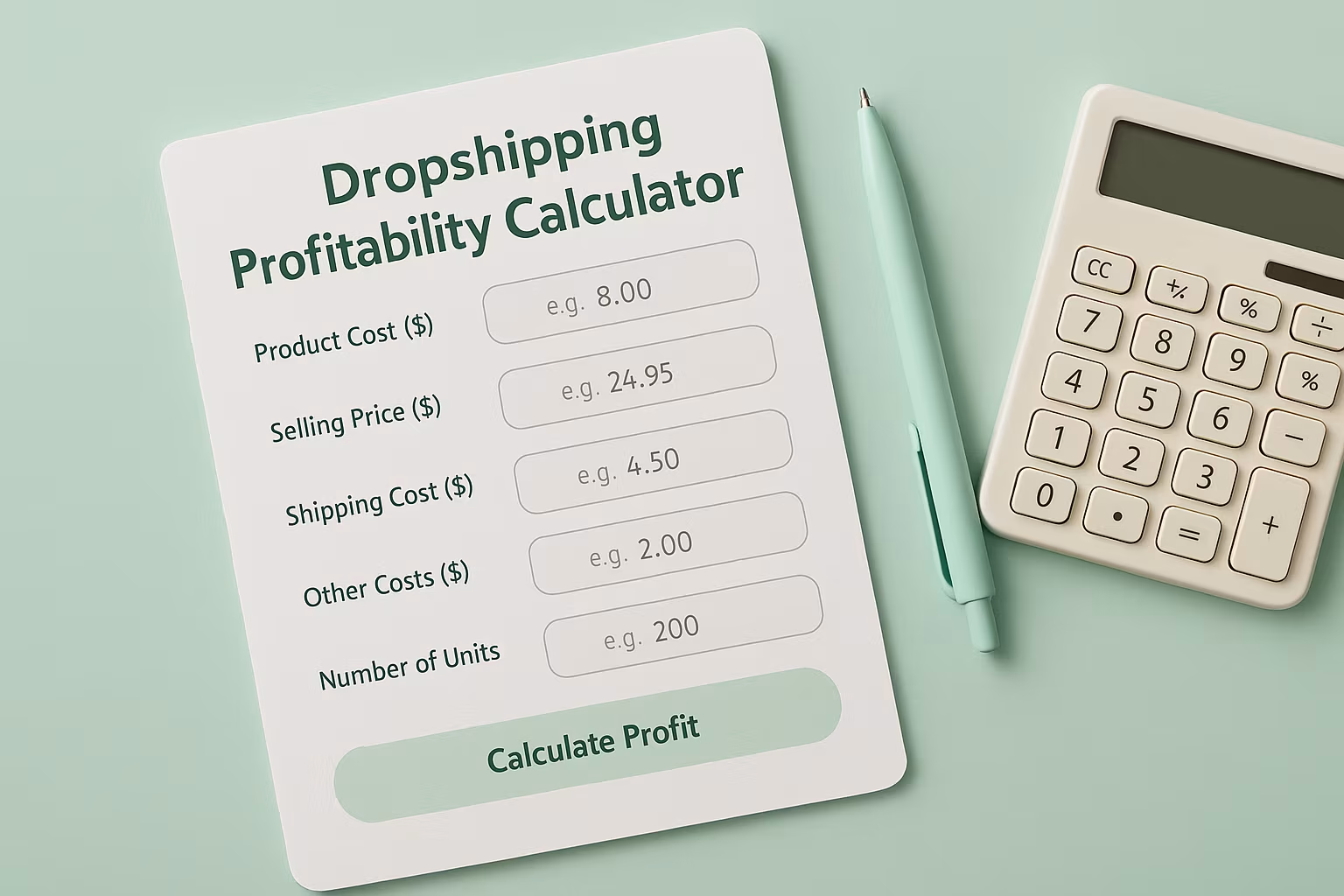
Cross-selling isn’t just about increasing revenue; it’s about adding value. Studies show that cross-selling can boost average order value (AOV) by up to 30%.
Knowing how cross-selling increases customer AOV helps brands recommend relevant, complementary products that enhance the shopping experience without feeling pushy.
When done right, it encourages customers to make more complete purchases while driving more revenue from existing traffic.
Effective Ways Cross-Selling Boosts Customer AOV
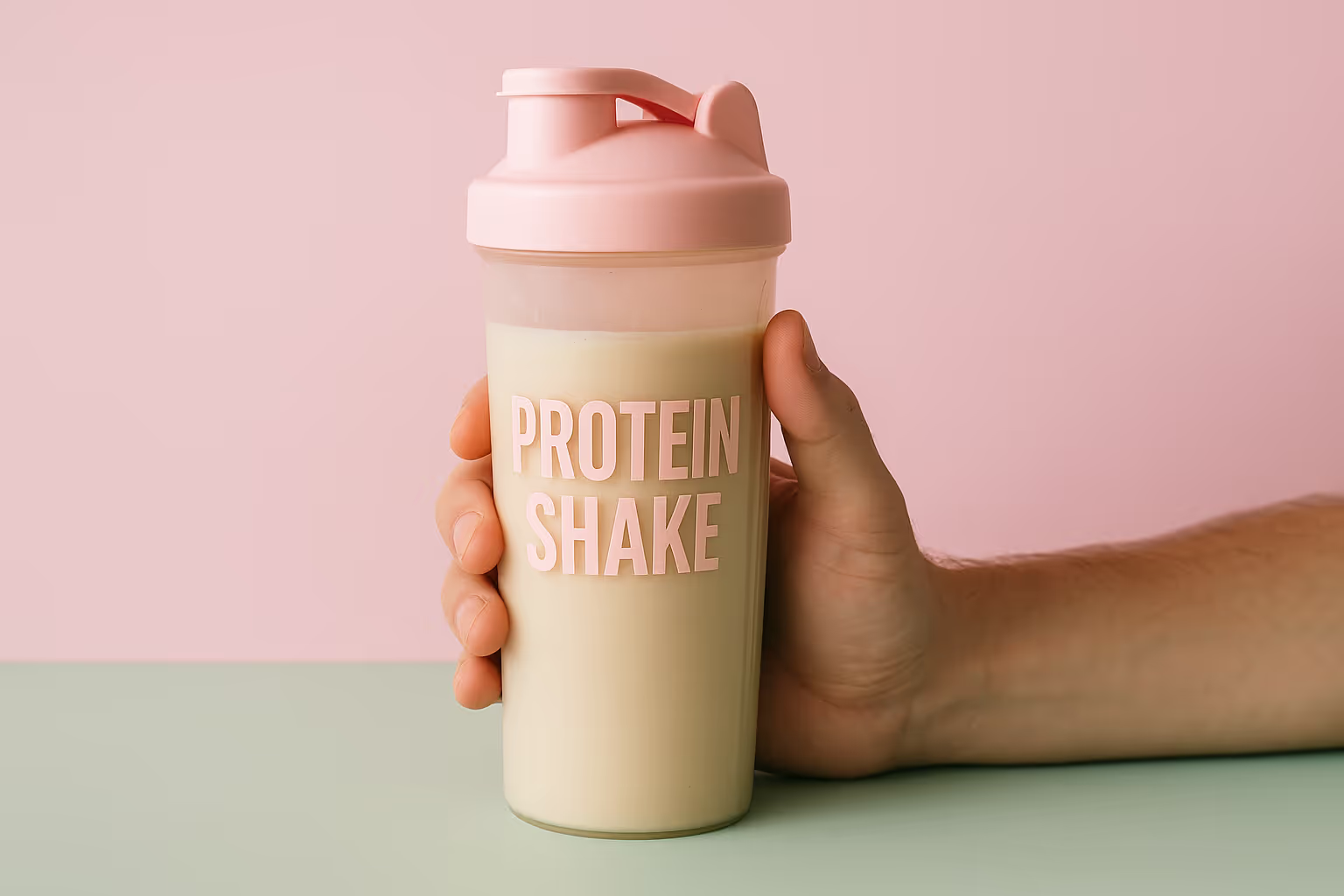
Cross-selling is more than just a clever sales tactic; it’s a proven method to drive higher revenue per transaction without the need for heavy marketing spend.
Here are the key ways cross-selling drives up AOV:
1. Encourages Add-On Purchases
When customers are already committed to buying, they’re more open to suggestions that add value to their primary purchase.
- Relevant product pairings (e.g., protein + shaker)
- Low-friction decisions that feel natural
- Greater perceived value through bundled utility
2. Taps Into Buyer Psychology at Checkout
Cross-selling works with the customer’s decision-making process during checkout.
- “Might as well” mindset in play
- Minimal resistance to small add-ons
- Psychological momentum toward spending more
3. Increases Perceived Value Without Discounting
Rather than lowering prices, cross-selling raises the total spend while keeping margins intact.
- Value stacking through complementary items
- Justifies higher spend through added convenience
- Avoids reliance on discount-driven behavior
4. Delivers High ROI with Minimal Cost
Cross-selling is one of the most cost-effective ways to increase AOV from existing traffic.
- No need for new customer acquisition
- 10–30% increase in AOV (industry average)
- Easy to automate at scale with recommendation tools
Cross-selling isn’t about throwing random products into the cart; it’s about offering smart, relevant extras that improve the customer’s experience. The right approach can lift your AOV while making shoppers feel understood, not upsold.
The Psychology Behind Successful Cross-Selling
Successful cross-selling works because it aligns with how customers think. It feels helpful, not pushy, making add-ons easier to accept and harder to resist.
The Convenience Factor
Customers appreciate convenience. When they're already in buying mode, they're more receptive to suggestions that save them time and effort. By recommending products that complement their purchase, you're essentially doing the shopping research for them.
The Trust Element
Cross-selling works best when there's already established trust. When a customer has decided to buy from you, they've overcome the initial trust barrier.
They're more likely to accept additional product recommendations because they've already validated your brand as trustworthy.
The Relevance Principle
The brain responds positively to relevant connections. When cross-selling recommendations clearly relate to the customer's primary purchase, they don't register as sales tactics but as helpful suggestions. This explains why relevant cross-sells convert at 3-5 times the rate of random product suggestions.
Proven Cross-Selling Techniques That Increase AOV
Certain cross-selling tactics consistently drive higher order values. When timed and positioned right, these techniques turn simple purchases into more profitable ones, without adding friction to the customer journey.
Product Bundling Strategies
Product bundles combine multiple items at a slightly discounted price compared to buying each item separately. This approach not only increases AOV but also delivers perceived value to customers.
Types of Effective Bundles:
- Complementary Product Bundles: Grouping items that naturally go together (shampoo + conditioner, coffee beans + coffee grinder)
- Quantity Bundles: Offering a discount for purchasing multiple units of the same product
- Mix-and-Match Bundles: Allowing customers to create their own bundle from a selection of products
Successful bundles typically offer a 10-15% discount compared to buying items individually, enough to be enticing without devaluing your products.
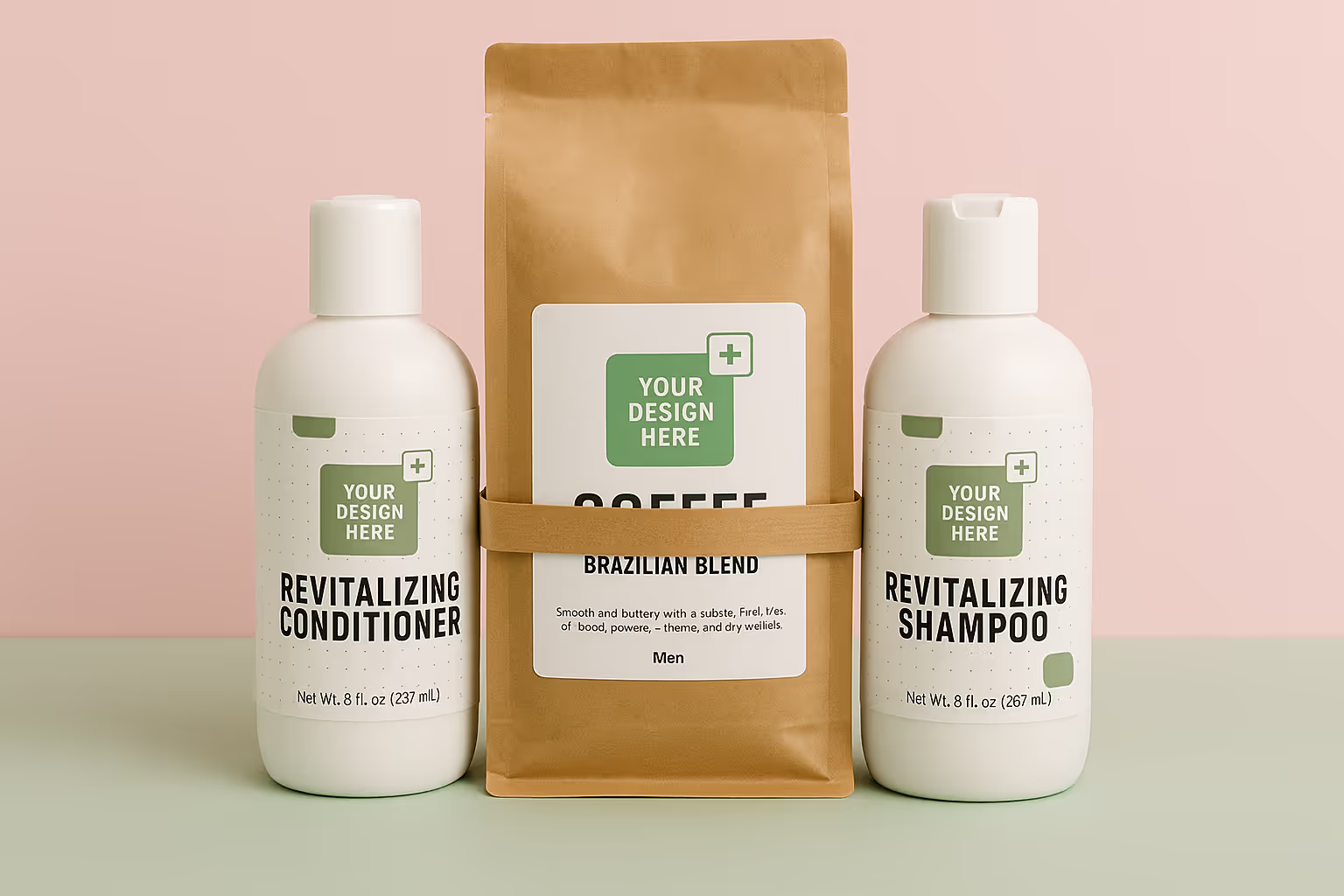
Strategic Product Recommendations
The key to effective cross-selling lies in the relevance of your recommendations. These can be displayed in various locations throughout the customer journey:
- Product Pages: "Frequently bought together" or "Customers also purchased" sections
- Shopping Cart: "You might also need" suggestions before checkout
- Post-Purchase: Recommendations in order confirmation emails
The most successful recommendations are based on actual customer behavior data rather than arbitrary pairings. Analyzing purchase patterns reveals natural product affinities that customers respond to.
Checkout Page Optimization
The checkout page represents your final opportunity to increase AOV through cross-selling. However, tread carefully, you don't want to distract customers from completing their purchase.
Effective checkout page cross-selling includes:
- Limited, highly relevant recommendations (no more than 2-3 items)
- Low-cost, high-value add-ons that don't require much consideration
- Clear, one-click "add to order" functionality without disrupting the checkout flow
A well-optimized checkout page can increase conversion rates while simultaneously boosting AOV, a rare combination in e-commerce optimization.
Implementing Cross-Selling in Your E-commerce Platform
Putting cross-selling into action starts with the right tools and timing. With smart placement and automation, you can seamlessly weave product suggestions into the shopping experience.
Shopify Cross-Selling Solutions
Shopify makes cross-selling implementation relatively straightforward through apps and built-in features. The platform's product recommendation algorithm and automation can suggest related products based on shopping behavior automatically.
For more advanced cross-selling, consider apps like "Also Bought" or "Frequently Bought Together" that use machine learning to identify the most effective product combinations.
These tools can increase average order value on Shopify by creating dynamic recommendations that evolve based on customer behavior.
WooCommerce Cross-Selling Setup
WooCommerce offers built-in cross-selling functionality that can be enhanced with plugins.
The base platform allows you to manually assign cross-sells to specific products, while plugins like "Product Recommendations" or "Smart Cross-Sells" provide more sophisticated algorithmic suggestions.
Custom E-commerce Solutions
For businesses with custom e-commerce platforms, implementing cross-selling requires more technical work but offers greater flexibility. The key components include:
- A recommendation algorithm based on purchase history
- Strategic placement of suggestions in the customer journey
- A/B testing capabilities to optimize performance
Regardless of platform, the technical implementation should prioritize mobile responsiveness, as more than 60% of cross-sell interactions now happen on mobile devices.
Measuring Cross-Selling Success and ROI
To determine whether your cross-selling strategy is working, track these key metrics:
Critical Cross-Selling Metrics
- Attachment Rate: The percentage of orders that include cross-sold items
- Average Order Value (AOV): The average dollar amount spent each time a customer places an order
- Cross-Sell Conversion Rate: The percentage of customers who add recommended products to their cart
- Revenue Per Visit (RPV): Total revenue divided by the number of site visits
Pro tip: Look beyond the overall AOV increase and analyze which specific product combinations drive the highest attachment rates. Often, the most successful cross-sells aren't your highest-margin products but those with the strongest contextual relevance to the primary purchase.
Setting Benchmarks and Goals
Industry benchmarks for cross-selling vary widely by product category. General e-commerce stores typically see attachment rates of 10-15%, while specialized retailers in categories like beauty or electronics can achieve rates of 25-35%.
Set realistic goals based on your starting point. If you're new to cross-selling, aim for a 5-10% increase in AOV over three months, then adjust based on results.
Advanced Cross-Selling Strategies for Maximum AOV Impact

Once the basics are in place, advanced cross-selling strategies can push AOV even higher. These tactics go beyond the standard suggestions to create personalized, high-converting experiences.
Personalized Cross-Selling
Generic recommendations can't compete with personalized ones. Leverage customer data to tailor cross-sell suggestions based on:
- Purchase history
- Browsing behavior
- Customer segments
- Seasonal relevance
Personalized cross-selling can increase conversion rates by up to 150% compared to generic recommendations. This approach is particularly effective for expanding your store's product range strategically based on actual customer preferences.
Cross-Selling Through Multiple Channels
Extend cross-selling beyond your website to maximize AOV across all customer touchpoints:
- Email Marketing: Follow-up emails with complementary product suggestions
- Social Media: Targeted ads showing complementary products to recent purchasers
- Retargeting Campaigns: Ads featuring items that complement recent purchases
Multi-channel cross-selling creates multiple opportunities to increase customer AOV throughout the relationship, not just during the initial transaction.
Cross-Selling Without Being Pushy
The most effective cross-selling feels helpful rather than sales-driven. To cross-sell without being pushy, focus on:
- Educational content that explains why products work well together
- Authentic customer reviews highlighting product combinations
- Transparent pricing that clearly shows any bundle savings
- Problem-solving language rather than sales-focused copy
When cross-selling feels like customer service rather than selling, conversion rates typically double.
Common Cross-Selling Mistakes to Avoid
Even well-intentioned cross-selling can backfire if not done right. Avoiding these common mistakes ensures your strategy drives value, not frustration.
Irrelevant Recommendations
The fastest way to undermine cross-selling efforts is to suggest products with no clear connection to the customer's interests or purchases.
Irrelevant recommendations signal to customers that you don't understand their needs, reducing trust and conversion rates.
Overwhelming Customers with Options
Offering too many cross-sell options creates decision paralysis. Research shows that conversion rates drop dramatically when more than 3-5 recommendations are presented simultaneously. Focus on quality over quantity.
Poor Timing in the Customer Journey
Cross-selling at the wrong moment can disrupt the purchase flow. For example, introducing complex cross-sells during checkout can increase cart abandonment. Map your customer journey to identify natural moments for cross-selling.
Neglecting Mobile Optimization
Cross-selling elements that work well on desktop often fail on mobile due to space constraints and different user behaviors. Ensure your cross-selling displays adapt appropriately to mobile screens.
Integrating Cross-Selling with Your Product Strategy
Effective cross-selling begins with product selection and curation. When building your product catalog, consider:
Creating Cross-Sell-Friendly Product Lines
Design your product range with natural cross-selling opportunities in mind. For businesses using private label products, this might mean developing complementary items that enhance core offerings.
For example, if you sell private label skincare, consider expanding into related categories like hair care or wellness supplements.
Testing and Iteration
Cross-selling is not a set-and-forget strategy. Regular testing reveals which combinations and presentation methods drive the highest AOV increases. Implement a systematic testing schedule to continuously refine your approach.
Advanced Tactic: Anchor Cross-Sells to High-Margin Halo Products
Experienced e-commerce brands often use halo products, top-selling items with high perceived value, to drive smarter cross-sells. Instead of relying solely on “frequently bought together,” center your cross-selling strategy around these high-converting items and pair them with high-margin add-ons.
For example, if a fitness supplement sells well, use it to recommend related products like immunity boosters or sleep aids. Then test which combinations increase not just AOV, but profit per cart.
This approach helps you cross-sell more strategically by optimizing for profitability, not just volume, especially valuable for private label brands using Supliful.
Boosting Your Business with Strategic Cross-Selling
Cross-selling is one of the most cost-effective ways to increase revenue and boost customer lifetime value. By recommending relevant, complementary products at the right moment, you naturally raise AOV while improving the shopping experience.
Done right, cross-selling creates a virtuous cycle: higher AOV leads to better profitability, enabling stronger customer acquisition and more opportunities to cross-sell, further driving growth.
Start by reviewing your product range for natural pairings, then test simple recommendation strategies around your bestsellers. Monitor performance, refine your approach, and watch your AOV climb.
FAQ
Related blogs
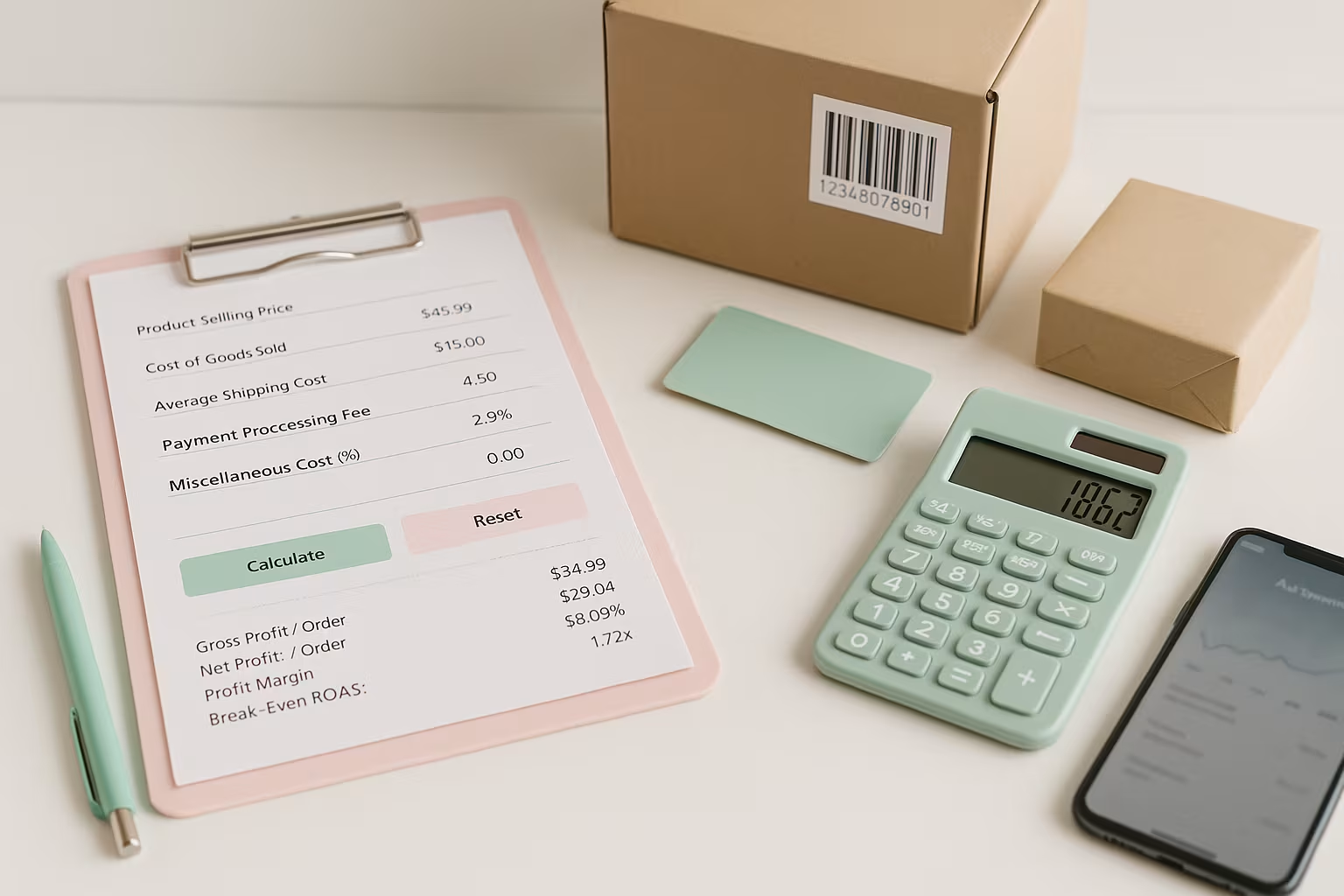
Break-Even ROAS Calculator: Find Out What You Can Afford to Spend on Ads
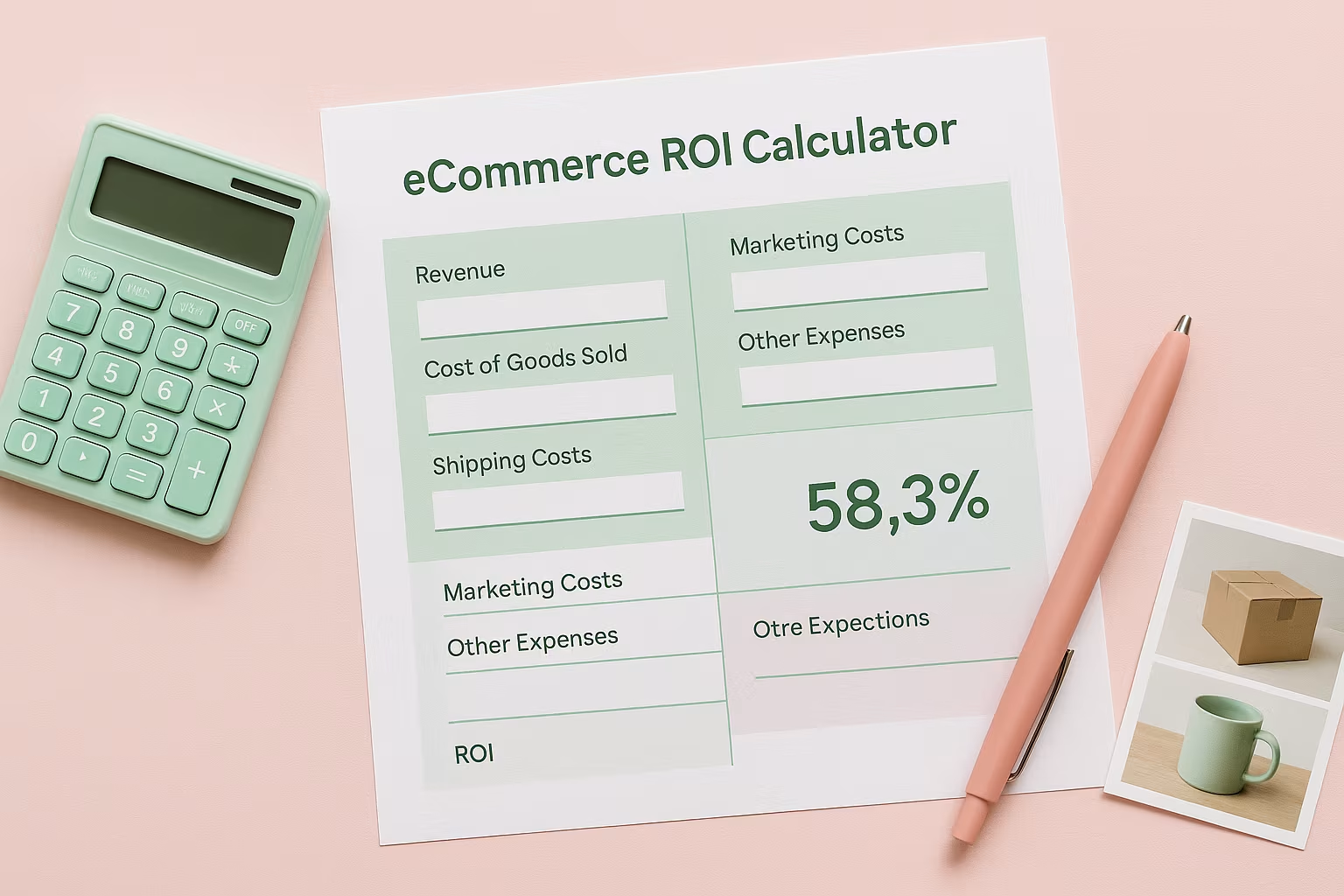
Ecommerce ROI Calculator: Scale Your Store
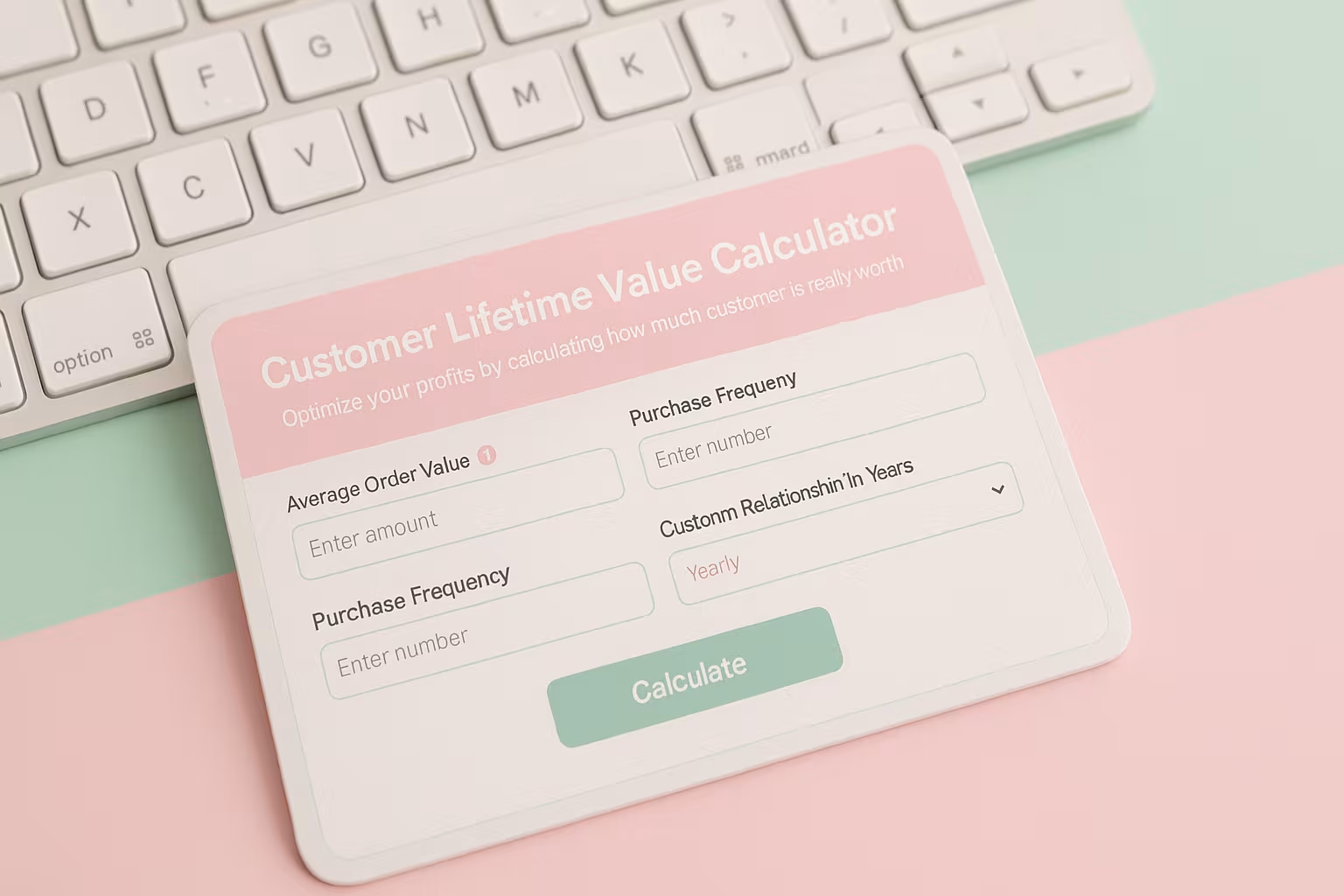
Customer Lifetime Value Calculator: Unlock Your E-commerce Revenue Potential
